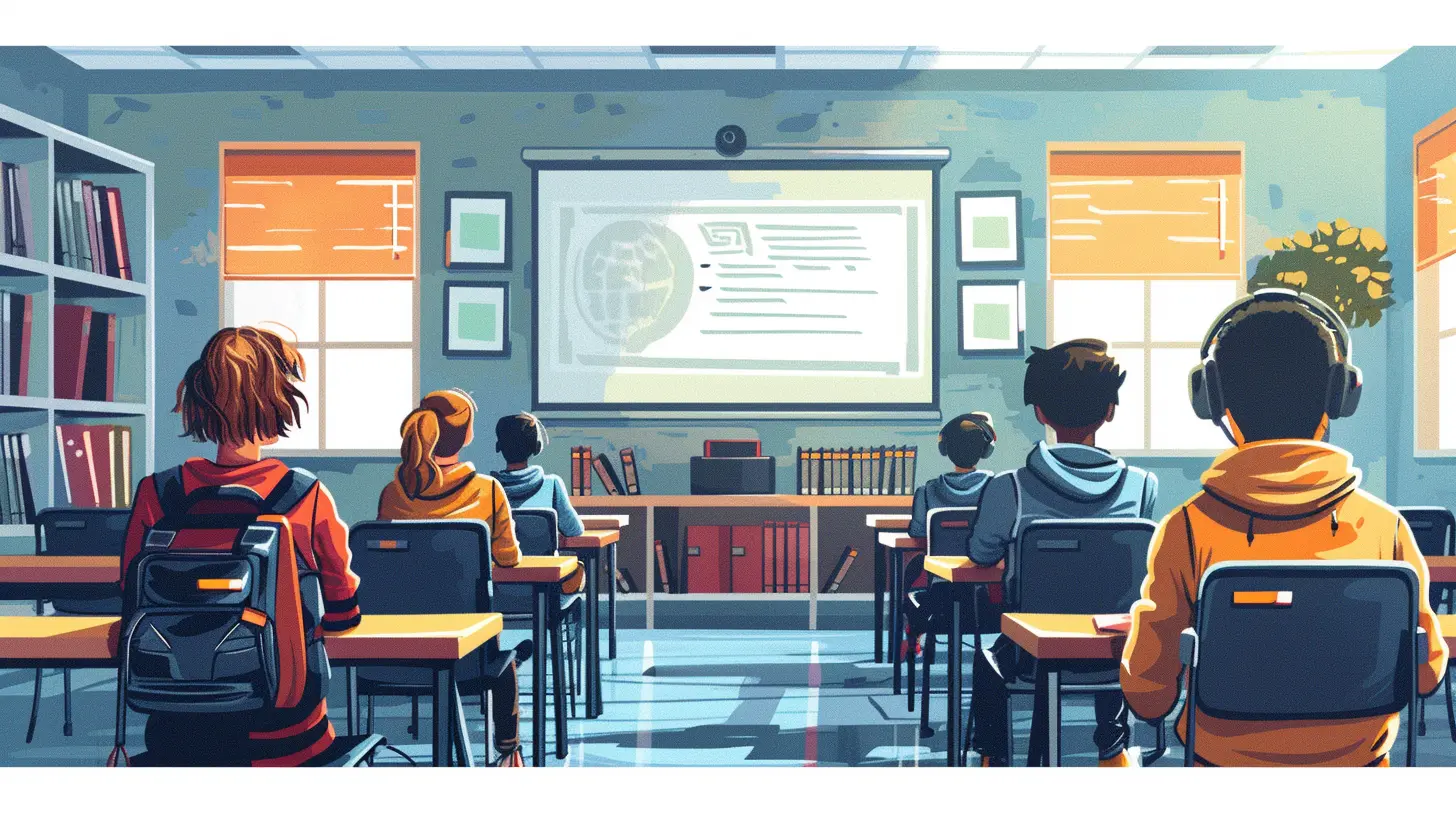Virtual Classrooms vs. Traditional Classrooms: A Comparative Guide
15 July 2025
Education has evolved dramatically over the past few decades. With the rise of technology, students and educators now have more choices than ever before. One of the most significant shifts has been the move from traditional classrooms to virtual learning environments. But how do these two compare? Which one is better?
In this guide, we'll break down the key differences between virtual and traditional classrooms, discussing their pros, cons, and everything in between. By the end, you'll have a clearer idea of which learning method suits your needs best.

What is a Traditional Classroom?
A traditional classroom is what most of us grew up with—students sitting at desks, teachers standing at the front, and structured learning schedules. These classrooms exist in schools, colleges, and universities and often follow a fixed curriculum.Pros of Traditional Classrooms
Traditional classrooms have stood the test of time for a reason. Here are some benefits:- Face-to-Face Interaction – Students can communicate directly with teachers and peers, making learning more engaging.
- Structured Learning Environment – Fixed schedules help students develop discipline and routine.
- Instant Feedback – Teachers can immediately address questions and concerns.
- Social Development – Students learn teamwork, leadership, and interpersonal skills.
Cons of Traditional Classrooms
However, traditional classrooms also come with their fair share of drawbacks:- Limited Flexibility – Students must adhere to set class times, which may not be convenient for everyone.
- Geographical Constraints – Attending a school or college may require long commutes.
- Costly Resources – Physical learning materials, classroom maintenance, and commuting costs can add up.

What is a Virtual Classroom?
A virtual classroom is an online learning space where students and teachers interact using digital tools like video conferencing, discussion forums, and learning management systems. These classrooms can be synchronous (live sessions) or asynchronous (pre-recorded lessons).Pros of Virtual Classrooms
Virtual classrooms have gained popularity, especially in the wake of the digital revolution. Here’s why:- Flexibility – Students can attend classes from anywhere, at any time.
- Cost-Effective – No need for travel, printed materials, or physical infrastructure.
- Access to Global Resources – Online learning provides access to courses and instructors worldwide.
- Self-Paced Learning – Students can learn at their own speed, revisiting lessons when needed.
Cons of Virtual Classrooms
Despite their advantages, virtual classrooms do come with some challenges:- Lack of Face-to-Face Interaction – Some students struggle with the absence of personal engagement.
- Technical Issues – A stable internet connection and the necessary gadgets are essential.
- Self-Discipline Required – Without a structured schedule, some students may struggle to stay on track.

Key Differences Between Virtual and Traditional Classrooms
Let’s compare virtual and traditional classrooms across several important aspects:1. Learning Experience
- Traditional Classrooms: Interactive and hands-on learning through direct teacher-student engagement.- Virtual Classrooms: Technology-driven, with multimedia content and online discussions.
2. Flexibility & Accessibility
- Traditional Classrooms: Fixed schedules and locations.- Virtual Classrooms: Learn anytime, anywhere, as long as you have an internet connection.
3. Costs & Expenses
- Traditional Classrooms: Tuition, transport, textbooks, and campus fees.- Virtual Classrooms: Lower overall costs, as learning materials are often digital.
4. Student Engagement & Social Interaction
- Traditional Classrooms: Students engage in group discussions, teamwork, and extracurricular activities.- Virtual Classrooms: Interaction is digital, which may feel isolating for some learners.
5. Assessment & Feedback
- Traditional Classrooms: Immediate feedback from teachers.- Virtual Classrooms: Assessments are often automated, and feedback may take longer.

Which is Better?
Honestly, there isn't a one-size-fits-all answer—it depends on what works best for you. If you thrive in a structured, face-to-face learning environment, a traditional classroom may be your best bet. On the other hand, if you need flexibility and enjoy technology-driven learning, a virtual classroom could be the perfect fit.The Future of Education: A Blended Approach?
Many institutions are now adopting hybrid learning, combining the best of both worlds. This approach allows students to benefit from face-to-face interactions while also enjoying the convenience of online learning. Hybrid education is likely to be the future, as it caters to a wider range of learning styles and needs.
Final Thoughts
Both virtual and traditional classrooms have their strengths and weaknesses. Whether you prefer one over the other depends on your personal learning style, lifestyle, and educational goals. With technology evolving rapidly, education is becoming more adaptable than ever, ensuring that students have access to the best learning experience—regardless of the format.all images in this post were generated using AI tools
Category:
Virtual ClassroomsAuthor:

Zoe McKay
Discussion
rate this article
1 comments
Casey Nguyen
This article beautifully highlights the strengths of both virtual and traditional classrooms. Embracing the best of each can create a more inclusive and effective learning environment, fostering growth and adaptability for all students. Keep inspiring!
August 3, 2025 at 11:36 AM

Zoe McKay
Thank you for your thoughtful comment! I'm glad you found the article insightful. Embracing the strengths of both approaches truly can enhance learning for everyone.


